ChatGPT is getting all the buzz around the world now, but it’s not the only good AI tool. Actually, you might be surprised to see that there are many ChatGPT alternatives that are just as good, if not better.
In this post, we’ll present to you eight alternatives to the overly popular ChatGPT. So, if you do not enjoy ChatGPT as much, feel free to try out new tools and maybe you’ll find one that suits your needs more.
Let’s see the tools! 🧰
| Tool | Pricing |
|---|---|
| Google Gemini | Free |
| Microsoft Copilot | Free |
| Claude-3 | Free version Pro is $20.00 / month |
| Chatsonic | Free version / up to 50 responses per day Pro from $12.00 / month |
| Github Copilot | Free version Premium available |
| Wix AI Website Builder | Free Pro from $16.00 / per month |
| Jasper.ai | No free version Pro from $59.00 per user / month |
| WriterZen | Free trial Pro from $19.00 / month |
ChatGPT alternative chatbots
1. Google Gemini (formerly BARD)

Starting us off is Google’s Gemini (formerly known as BARD). Gemini is an innovative AI tool built to provide a more immersive and engaging conversational experience.
The tool was trained on LaMDA, which stands for Language Model for Dialogue Applications. This is the foundational intelligence that makes the AI chatbot bidirectional, with the ability to interpret context from both preceding and succeeding inputs. It can understand nuanced language and is very much capable of handling complex conversations as well as extended dialogues.
ChatGPT, on the other hand, is trained on the GPT Transformer, which boasts a broader language understanding and dynamic content generation. You can count on it to sustain a wide range of textual tasks beyond dialogue.
But, Gemini has some unique features due to the fact that it’s a Google product. For example, it has a very convenient share option, where you can export any conversation you’re having with it, directly to a Google Doc. From there, you can edit it and export it to various formats – including PDF, Word, etc.
You also get to draw info from the web in real time, a feature that ChatGPT only supports if you upgrade to their paid Plus plan.
👉 For more insights, check out our in-depth comparison of ChatGPT vs Google BARD.
2. Microsoft Copilot (formerly Bing Chat)

Microsoft Copilot is not an entirely independent alternative to ChatGPT, as it runs on a fusion of OpenAI and Microsoft technologies.
The architecture here integrates the conversational capabilities of ChatGPT with Microsoft’s extensive web repository. The result is a chatbot that is capable of handling AI conversations and accessing the web.
As such, you can use Copilot as a solution to ChatGPT’s internet firewall in the free version of GPT. Whereas the free version of ChatGPT is limited to providing information published on the web up to January 2022, Microsoft’s Copilot is versatile enough to retrieve real-time data. This means that it can generate pertinent answers to queries on current events.
Even more impressive is its ability to take screenshots of something and then explain to you what the screenshot is about. This is useful if you see an image that you can’t make sense of or a diagram that doesn’t have clearly labeled parts.
Finally, Copilot can also generate concise summaries of lengthy articles and it can compare products you’re thinking about buying – even creating a comparison table to make things easier.
3. Claude-3

First things first, if you’ve ever used ChatGPT and you’ve attempted to give it a longer article to analyze or just any text of decent length, then you already know that the result you get is often no result. ChatGPT essentially just crashes on you.
If you’re truly determined to get it to analyze the text, then you have to go through a cumbersome process. You need to explain that you are going to give it a longer piece of text in chunks. Then you have to ask it to not respond until you’re done pasting all of the sections because GPT loves to give long explanations by default. Finally, you have to go back and forth between tabs, copying, pasting, waiting, and repeating the process until you’re done. I know, “first world problems,” but still, it’s annoying when you have good work momentum going and then GPT slows you down.
Enter Claude-3, where all of those headaches are a non-issue. This is due to something called the “context window” and the number of tokens (roughly words/numbers) that can fit within that context window. Claude-3’s context window is up to 200,000 tokens when generating a response. Compare that to a measly 2,000-ish with the free ChatGPT 3.5, and about double that on the paid 4.0 version.
Beyond that, it can perceive and analyze different data modalities like images, audio, video, etc in addition to text. It also has a very low hallucination rate, which is something that ChatGPT struggles with as well. All in all, it’s a great alternative to ChatGPT. The one big downside with it only applies to E.U. residents, as it’s not currently available in Europe. Feel free to check out the full list of countries where you can use it.
4. Chatsonic

Another alternative built on the GPT model is ChatSonic.
But, that’s not the only similarity it shares with Microsoft’s Copilot. ChatSonic too connects to a search engine repository to fetch up-to-date information. In this case, though, the repository happens to be Google, not Bing.
ChatSonic even comes with AI chatbots for businesses. Their job is to interact intelligently with customers and deliver human-like responses, all while gathering user data for personalizing engagements.
In customer service, for instance, you could have ChatSonic initiating conversations with users based on their activity on the website or social media platform. ChatGPT lacks such personalized customer service messages, as it depends on pre-trained language models to generate responses. This makes ChatSonic a great tool for businesses that want to use AI to bolster their customer service.
There’s a free version that requires no credit card to use. It gives you up to 50 generations per day.
ChatGPT alternative for website building
5. Github Copilot

When it comes to website building, GitHub Copilot is fast establishing itself as one of the best AI tools for web developers.
It’s a product of OpenAI’s Codex, meant to assist in coding tasks. The mode of operation is pretty straightforward: GitHub Copilot leverages the power of OpenAI’s GPT, a language prediction model, to understand the context of your code and provide line suggestions to complete it.
This AI tool provides autocomplete-like suggestions as you code. It scrutinizes the context of the file you’re working on and then proposes suggestions directly within your text editor. The AI model is trained on all languages found in public repositories, with the quality of its suggestions being dependent on the diversity and volume of training data for each specific language.
This ability to adapt to your coding habits over time has made GitHub Copilot the preferred AI assistant for professional developers. ChatGPT, on the other hand, is viewed more as a solution for novices who are keen to learn coding.
6. Wix AI Website Builder

For people with little website design experience, AI-driven website builders like the Wix AI website builder could be a more appropriate ChatGPT competitor.
Though both the Wix AI website builder and ChatGPT are AI-powered tools, they serve different purposes. Wix’s purpose is to function as a no-code, low-effort website builder, while ChatGPT is an AI chat assistant.
Wix excels in creating visually appealing, functional websites quickly and efficiently. It asks you a series of questions and then crafts a preliminary website draft in minutes.
However, when it comes to content generation and customization, Wix doesn’t offer the same level of flexibility as ChatGPT. It uses pre-defined content blocks/sections, which could potentially restrict your editing capabilities.
ChatGPT alternative AI content generator
7. Jasper.ai

Jasper.ai, an AI-powered content generator, harnesses the power of machine learning to produce engaging and coherent text. Unlike ChatGPT, which excels in simulating human conversation, Jasper.ai is specifically engineered to focus on content creation. You can use it to create blog posts, articles, ad copies, landing pages, social media posts, etc.
If you select Jasper.ai as your AI content generator, you’ll notice that it’s good at replicating different writing styles. The system here offers relevant responses after analyzing and understanding the context of your request. You can even use the Brand Voice feature to teach it how to match your exact brand voice.
To make this AI content creation process even more seamless, Jasper.ai provides an assortment of templates for different content types. What’s more, it comes with built-in SEO optimization tools, which is something you don’t get on ChatGPT.
Another feature that makes Jasper.ai attractive to digital marketers is its multilingual framework. It reads and outputs AI content in more than 30 international languages. As such, you can count on Jasper.ai if you ever need to localize your website’s postings.
It’s worth noting, however, that content from this ChatGPT alternative may not always be original. You can expect overly generic stuff from time to time.
8. WriterZen

Launched in 2018, WriterZen has quickly gained immense popularity due to its all-rounded approach and ease of use.
On this platform, you’ll find an AI-powered content generation assistant along with a host of smart SEO tools. It’s this well-balanced blend of functionalities that has propelled WriterZen into the league of the best AI solutions for SEO.
There’s a Keyword Explorer that uncovers relevant SEO keywords for your content, a Topic Discovery feature that suggests the best rewarding topics in your industry, a Plagiarism Checker for confirming originality, plus a Content Creator that builds SEO articles from relevant keywords.
The Content Creator here features a built-in AI assistant that can generate article outlines, complete paragraphs from a prompt, as well as rewrite blocks of text.
Make no mistake about it, though. WriterZen is not one of those AI content generators that are meant to produce everything from scratch. It is, instead, best leveraged as an AI SEO assistant.
The content you’ll get here is not quite at the level of Jasper or ChatGPT. But, you could use it to fine-tune your ChatGPT content for search engines.
Conclusion 🧐
And there is your confirmation that ChatGPT is not the only player in the game. From Google Gemini‘s advanced chatbot capabilities to Wix ADI‘s web development prowess, you can see that ChatGPT alternatives are as diverse as they are impressive.
For example, you could brainstorm ideas with Microsoft Copilot, then bring in Jasper.ai to expand on the content, and finally, use WriterZen to sprinkle in the SEO seasoning.
Then you can use Chatsonic to initiate conversations with leads and start turning them into customers. And if you need help creating some unique code to better display your content online, you can use GitHub’s Copilot.
Find the tool that’s best for your needs and use it to make your online work easier and more efficient.


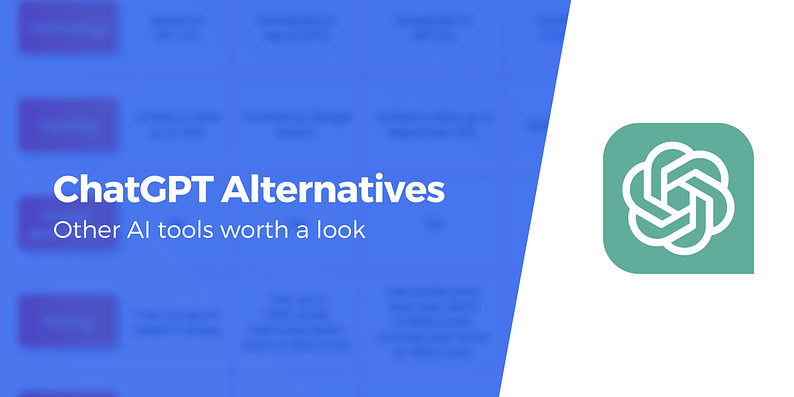
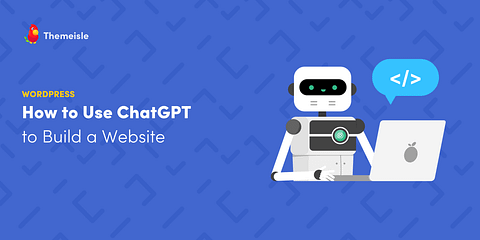
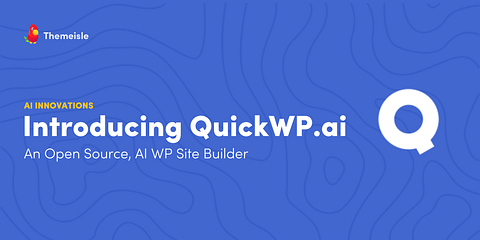
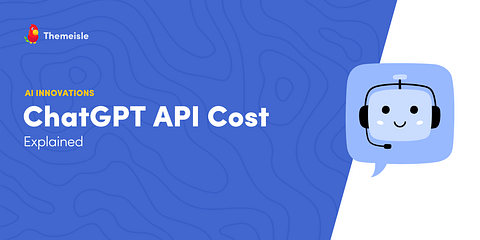

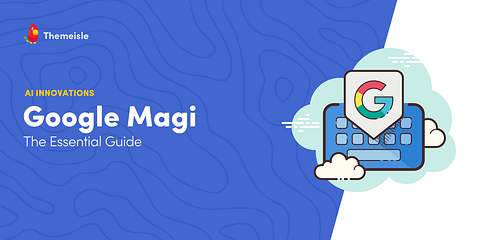
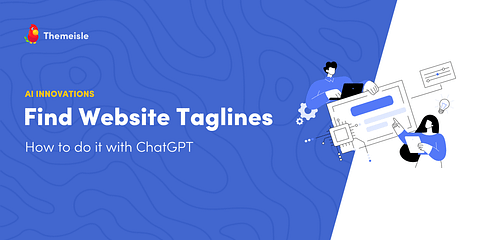
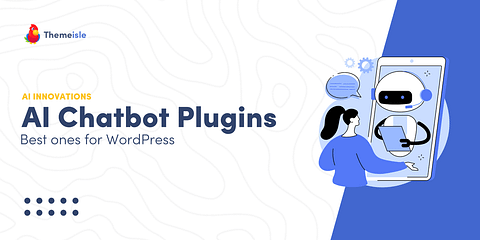



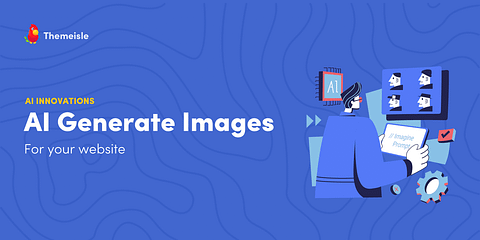
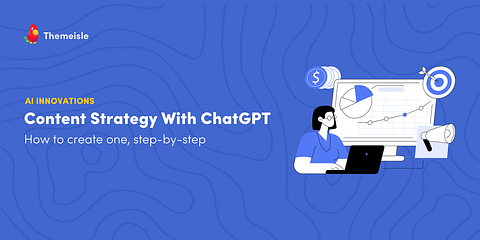
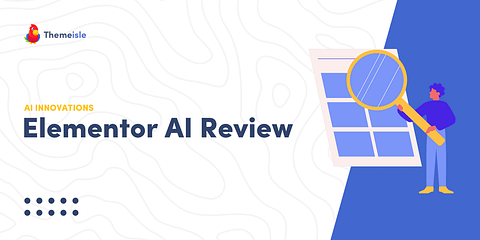
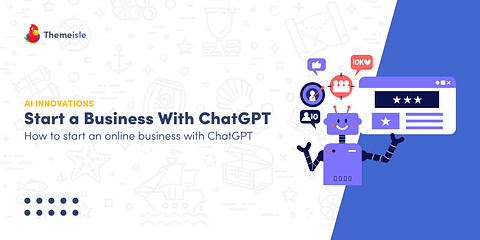
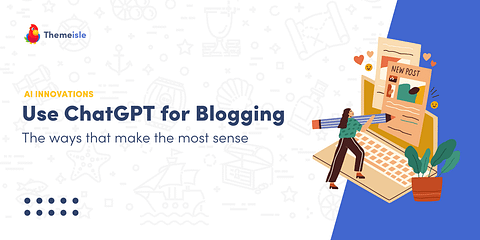
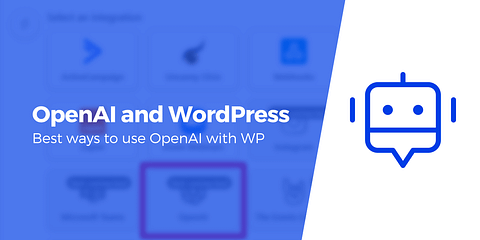
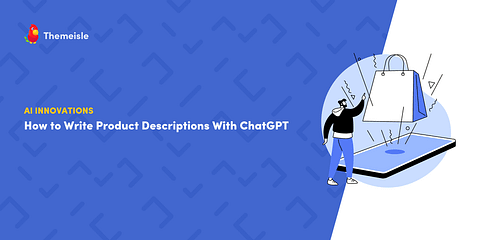

Or start the conversation in our Facebook group for WordPress professionals. Find answers, share tips, and get help from other WordPress experts. Join now (it’s free)!